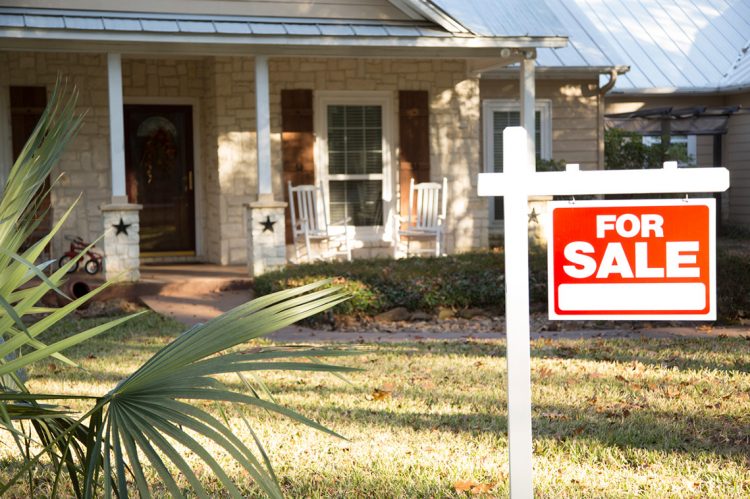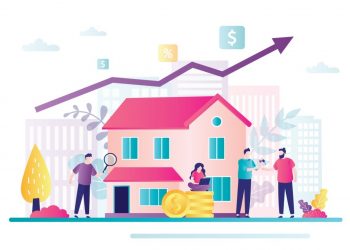Existing home sales continue to free-fall as federal interest rate hikes and long-simmering affordability and inventory concerns catch up to what has been a wild ride of a real estate market, with June seeing another precipitous drop of 14.2% year-over-year and 5.4% from the previous month, with 5.12 million units sold, according to the most recent data from the National Association of REALTORS® (NAR).
“Falling housing affordability continues to take a toll on potential homebuyers,” said NAR Chief Economist Lawrence Yun. “Both mortgage rates and home prices have risen too sharply in a short span of time.”
Total housing inventory registered at the end of June was 1,260,000 units, an increase of 9.6% from May and a 2.4% rise from the previous year (1.23 million). Unsold inventory sits at a three-month supply at the current sales pace, up from 2.6 months in May and 2.5 months in June 2021.
Prices, which some thought would moderate much more quickly this year, continued to climb, up 13.4% year-over-year—marking 124 consecutive months of increases. The median home price was $416,000 in June.
Nearly every economist and housing expert has agreed that the rampant price appreciation and bidding wars that characterized the 2021 market are unsustainable, and will either fade or implode in 2022. The question—still not answered—is how bumpy the pullback will be.
Yun said that as mortgage rates hovered around 5.52% in June (up 0.29% from May), inflation will continue to weigh on the mortgage market.
“If consumer price inflation continues to rise, then mortgage rates will move higher,” Yun said. “Rates will stabilize only when signs of peak inflation appear. If inflation is contained, then mortgage rates may even decline somewhat.”
First-time homebuyers made up a slightly higher proportion of the market in June than in May at 30%. Those buyers accounted for 34% of sales in 2021, according to NAR data.
Despite the lower number of sales and increasing inventory, June set another new record for fewest average days on the market at 14, down from 16 in May.
“Interestingly though, the record-low pace of days on market implies a fuzzier picture on home prices. Homes priced right are selling very quickly, but homes priced too high are deterring prospective buyers,” Yun said.
In a potential sign of this selectively cooling demand, three extremely desirable metros with some of the hottest housing markets in the country saw 20% or more increases in the number of home price reductions. Those were Austin, Texas (24.7% more homes with price reductions); Phoenix, Arizona (22.2%); and Las Vegas, Nevada (20.1%).
Some experts and real estate professionals have projected that demand is resilient enough to offset some of the affordability concerns. Reuben Gonzalez, chief economist for Keller Williams, said that a slowdown is inevitable even though he agrees demand is likely to remain elevated.
“We view the rapid acceleration in home sales over the past two years, which was generated in part by the pandemic itself and in part by low interest rates, as a temporary surge,” he said in a statement. “It seems likely that we will return to a pace of home sales more consistent with pre-pandemic levels, but we also see long-term demographic trends which will continue to keep demand for homeownership growing over the next decade.”












